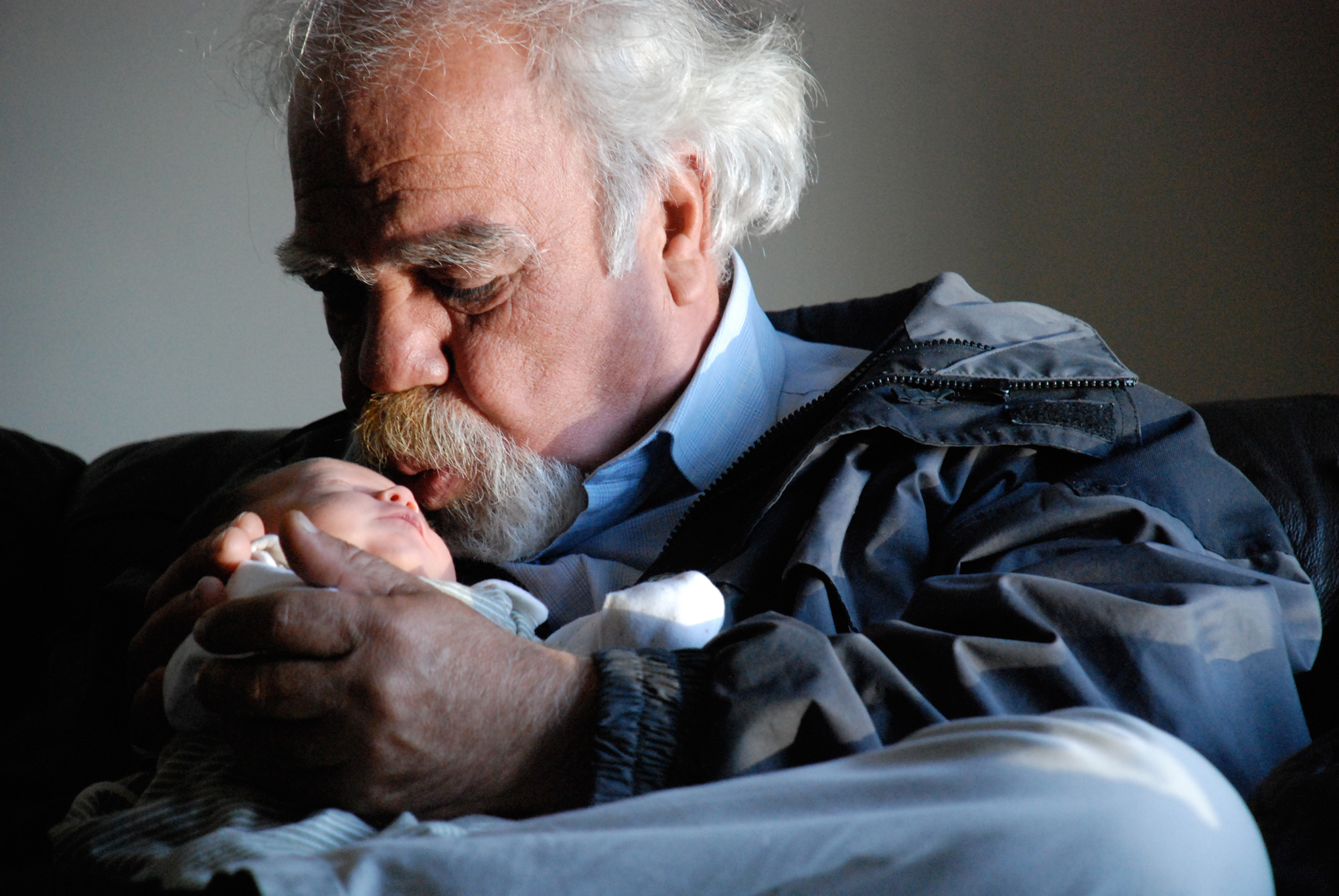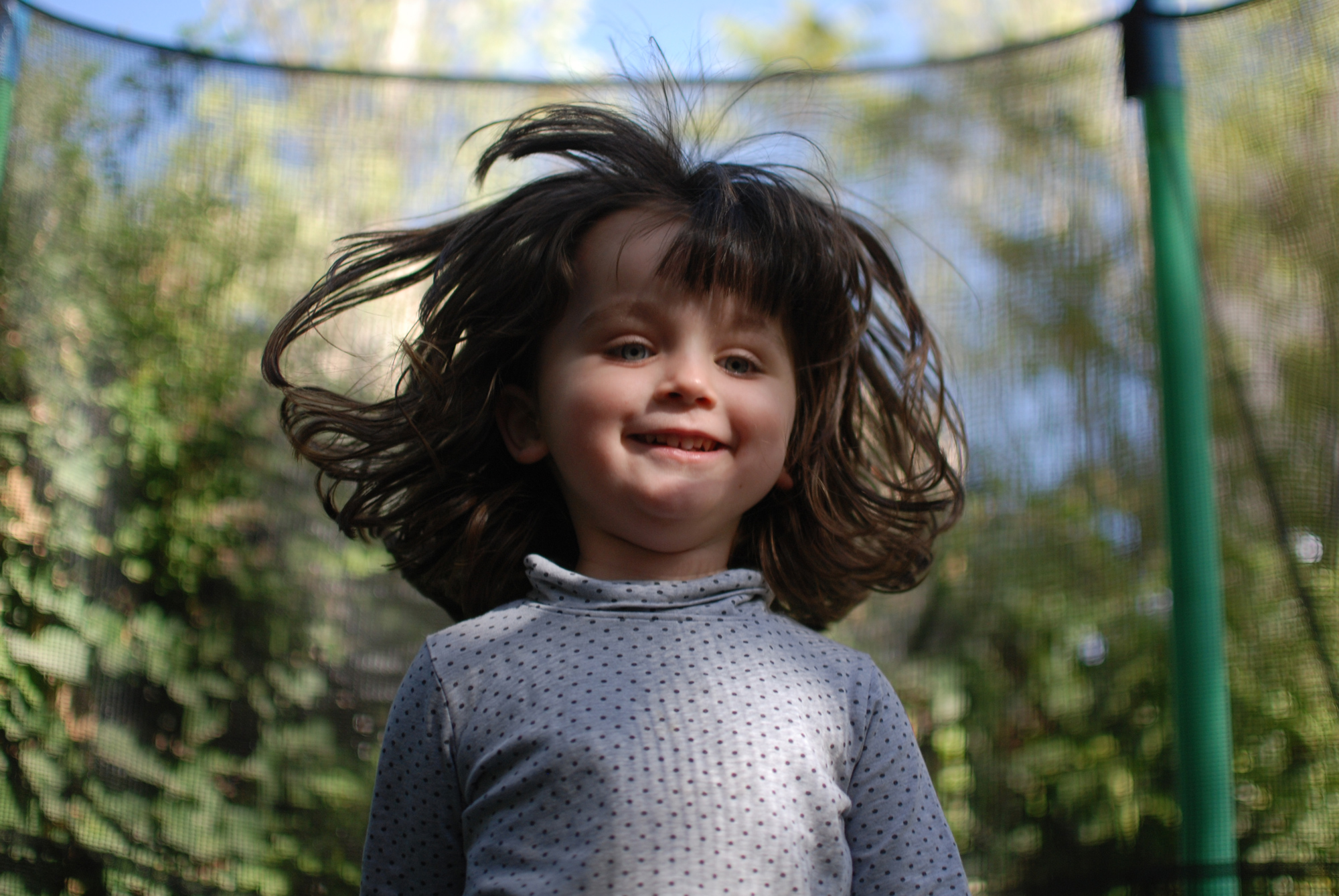Posted on 03/11/2013. By Pete Otaqui.
A friend of mine is thinking about choosing, in her words, “a proper digital camera” and asked for advice, so I’ve written it here. Rather than getting bogged down in a particular brand or model, I’m going to try and give an overview of the kinds of camera available and the pros and cons of each.
I’ve also thrown in a couple of my favourite pictures, so read on for more :)
The first choice comes down to picking one of two (well, two-and-a-half let’s say) form factors.
High End Compact / All in one
The first choice is simply a higher end compact camera. It will be a bit larger, will have more manual control available, a better sensor and better image processing capabilities. All of the main brands out there will offer something like this, for example: Fujifilm Finepix, Sony Cybershot, Canon Powershot, Nikon Coolpix, there are others. Most of the time they start at around £100 for a low end model and they can go up to £400 or more within the entry-level range. If you want to save money here, you might find that a year-old higher-end model might be a better option than the latest cheap one.
You can also spend quite a lot more on a “serious” compact camera, for example the retro-looking Fuji X100s which retails at around £1000. This is a serious camera, gives you lots of manual control and options for how to view and frame your shot, and is still small enough to fit in a reasonable-sized handbag (but is going to make that diamanté-studded clutch go all wonky I’m afraid).
The key thing about these cameras is that they are all in one ; essentially this means you don’t replace the lens, and you don’t worry about other peripherals like an extra flash or anything like that, and they are usually (but not always) quite a bit smaller than the following alternatives. They will all offer lots of apparent features, but this is all mostly junk.
You will be able to get much better pictures with a decent compact camera than with your smartphone though – for the simple fact that the lens is physically much bigger, and you get an optical (i.e. “real”) zoom on the lens, and indeed – some of the more expensive ones are really serious and compete at least against the lower-end SLR cameras.
The other thing is that they are usually very capable of handling video, although the experience with that is likely to be about the same as with a reasonable smartphone (i.e. not much better, but not any more difficult to shoot).
Interchangeable Lens Cameras
The next step up is a camera that has interchangeable lenses, as well as usually supporting other things like an external flash.
The fact of being able to change the lenses is the single biggest thing to bear in mind, but such cameras are usually split into two groups: “Digitial SLR” and “Compact System”.
Compact System Cameras
The “compact system” cameras are essentially as small as a compact camera but you can change the lens. This is a reasonably new idea in the digital world, but in the film photography world this kind of thing has been around for much longer.
There are some great compact system cameras out there, like the rugged, all-weather Nikon 1, but all the brands have something like this these days. TechRadar has a pretty good review of the options, and will at least give you an idea about the sizes and prices.
Digital SLR Cameras
So finally we get to what my friend probably meant when she asked the question about a “proper camera” – the big, black, bulky things known as Digital SLRs. SLRs are actually the “body” bit, and the lenses are (duh) separate. Usually you will be looking at a body and lens “kit”, and these start at around £400.
Again – all of the camera companies offer one or more SLR models. The big two are definitely Canon and Nikon. They are the two brands that stretch right into the professional realm, and there is cross-compatibility with the serious lenses (tens of thousands of pounds) and the consumer level cameras. This is good, since it means they aren’t about to change fittings or mess about too much.
Personally I have a Nikon. The reason for this in my case is that I had a Nikon film SLR years ago, and had quite a few lenses for it. I was lucky since Nikon (unlike any other camera manufacturer) didn’t change the lens fitting when they went from film to digital, all my old lenses could still be used with the new camera body I bought. In fact, you can use almost any Nikon lens manufactured since the late 1970s (in the case of some models since 1959) with the very latest and greatest digital SLR. Eat that, Canon fans!
(On the flip side, Nikon is terrible about servicing cameras and lenses compared to Canon. Go figure).
This really brings out the biggest thing about SLRs in general – you are buying into an ecosystem, and more than the camera “body” it’s all about the “lenses”. You can upgrade the body in 5 years, and fit your lovely lenses right onto it.
Obviously you can theoretically do this with “compact system cameras” too, but bear in mind that these are really aimed at consumers, and without serious professionals to consider, or any long history of how the manufacturers treat the line, I’m not 100% sure that they won’t change all the fittings every few years, rendering any collection of lenses useless on a new model camera. I don’t have any evidence of that, but neither is there any to the contrary.
Lenses
From here on, I’m going to assume you’ve gone for a camera with interchangeable lenses since otherwise there’s not much else to say!
The first thing I always want to do is to get a “standard length prime lens”. This means a lens that doesn’t zoom in and out, and gives a fairly “normal” view (not fisheye or magnified) which would probably be either 35mm or 50mm depending on the camera you get. This lens will take really, really nice portrait shots and can also be used for some landscape shots as well (if you’re far enough away from what you’re shooting). You should be able to get a lens like that for about £100 and it’s really quite small.
It’s also going to be much better in low light, and let you get away without a flash more often, which is really great.
Hint 1, Take a nice portrait:
1. Put the 35mm prime lens on the camera
2. Pick a time in the morning or evening where the shadows are fairly long
3. Find a room where the light streams in through the window
4. Find an old man, make him sit next to the window and then hand him a baby
5. Put the camera in “portrait mode” (or for the adventurous, AP mode with the lens stopped down as low as it will go)
6. Shoot!
Hint 2, Take an action shot:
1. Put the 35mm prime lens on the camera
2. Pick a time in the morning or evening where the shadows are fairly long
3. Find a trampoline
4. Find a girl with ridiculously thick hair, and tell her about the trampoline
5. Put the camera in “sports mode” (or for the adventurous, SP mode with the shutter speed cranked to 1/2000 seconds or so)
6. Shoot!
Don’t get me wrong – it’s not as though you couldn’t take these pictures with a compact camera, or with the zoom lens that comes with a DSLR … but they won’t be quite as crisp – the details around the edge of the subject won’t fade out quite so much, maybe the action shot would be a little bit more blurred, that kind of thing.
Here’s another picture which used the standard zoom lens that came with my SLR. It was really spontaneous, and I couldn’t have taken it if I’d had my nice portrait lens on the camera at that time. It’s not so well framed, or so well exposed as the other two more prepared shots – but it tells a lovely story (especially if you know these two!)
A Final Word: The Best Camera
The best camera, as they say, is the one that is with you. This doesn’t hold true of course if you’re setting out with the intention of taking nice pictures; of people, the landscape, an event, whatever – but a big bulky SLR with two or three lenses is quite a load of stuff to carry around, and is doing nobody any good if it gets left at home.
It also takes some commitment to step away from the automatic settings and predefined modes, which is in no small part the way to get the most out of a more expensive camera.
So it’s all up to you. If what you want is nicer pictures, you could do a lot worse than getting a “good” compact camera for somewhere between £400 and £1000. For that same money you could buy a fairly cheap SLR and one or two extra lenses specifically for portraits, landscapes, wildlife, or whatever. The former will get you better results quickly, and while so will the latter that option does require more commitment in terms of carrying stuff around and learning how to use your kit.
Hope that helped!
P x


